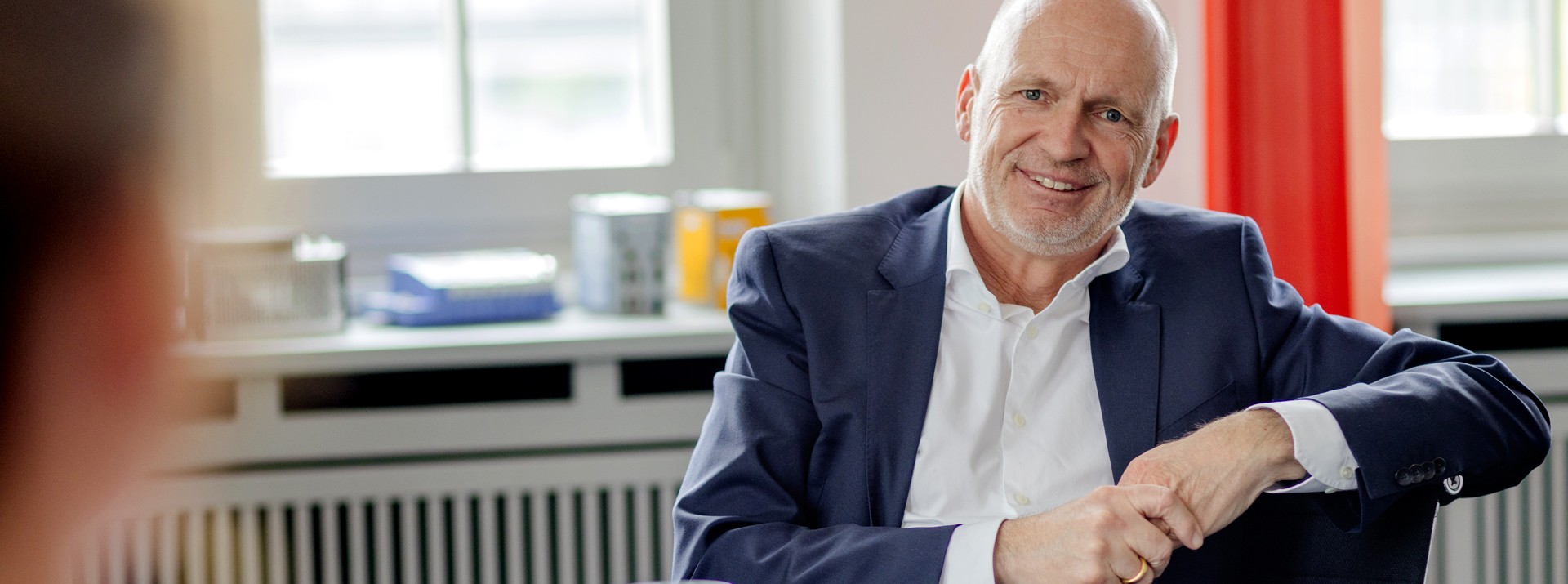
How Knorr-Bremse’s solutions are shaping the future of mobility – and how the company is inspiring innovation. We talk to Dr. Nicolas Lange, the Executive Board member who assumed global responsibility for the Rail division last year, about InnoTrans, the world’s largest trade fair for the rail industry.
Dr. Lange, the rail industry tends to have very long-term development and product cycles. So why does it make sense to visit InnoTrans, even though the last event was held just two years ago?
Quite right – the trade fair’s biennial cycle is rather short for the rail industry. But InnoTrans is much more than just a “product showcase”; it’s also a major platform for debating two key questions about the future. First, how can rail services meet people’s growing mobility needs around the world? And second, how do we shift more freight transportation to rail – the most sustainable solution? For us here at Knorr-Bremse, this kind of debate is invaluable; by interacting with such a broad cross-section of the rail industry, we get an excellent overview of market needs. And in return, we show just how we’re addressing industry requirements by presenting our innovative concepts and initiatives. In the rail industry, this customer-supplier feedback loop is an exceptionally important catalyst for new ideas and solutions. So our presence at the trade fair is also an invitation to join us in taking this process forward. In short, it’s high time we all got together again!
What are the major issues preoccupying the industry?
This varies from region to region. So at the moment, Europe is especially concerned with sustainability – think Green Deal – and this is driving major investments in the rail industry. In Asia, and especially in China and India, there’s a huge need for more transportation capacity. Everybody there knows that without enhanced rail services, it’s impossible to efficiently transport billions of people and growing quantities of freight. So train availability is increasingly important – indeed, essential. In North America, the main priority is freight transportation, with particular attention focused on the safety aspects. But passenger rail services are also building momentum – in the USA, they’re currently planning North America’s first high-speed train service, between Los Angeles and Las Vegas. And in all regions, standards of passenger comfort are steadily rising.
Dr. Nicolas Lange
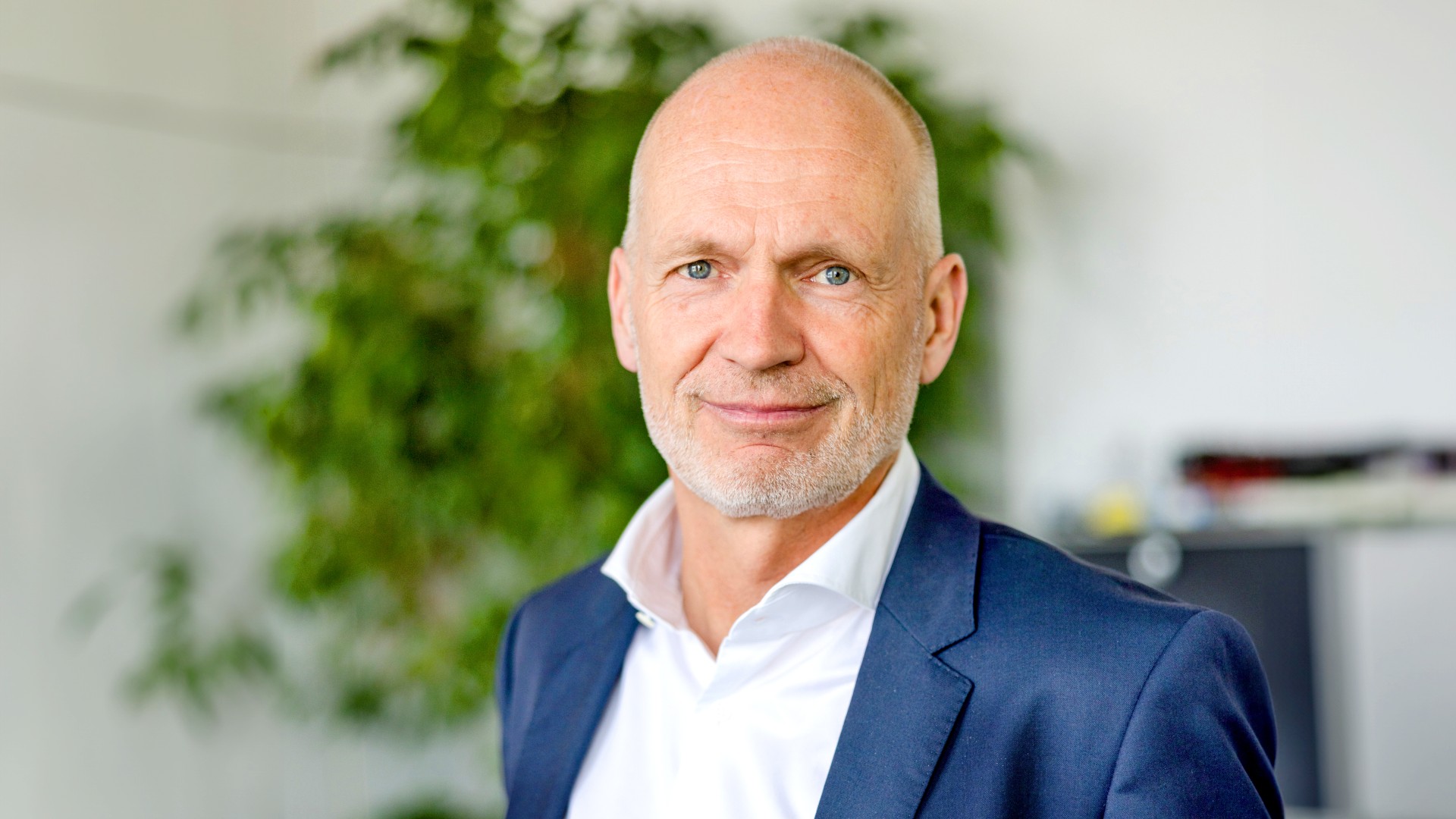
Dr. Nicolas Lange has been a member of the Executive Board of Knorr-Bremse AG since October 2023, who oversees the company's global Rail Vehicle Systems division. He has been with the Knorr-Bremse Group for more than 20 years. Before being appointed to the Executive Board, Nicolas Lange was Chairman of the Management Board of Knorr-Bremse Rail Vehicle Systems. In this role, Nicolas Lange was responsible for the division's global braking system business as well as its European business activities that generated about half of the division's revenue.
Knorr-Bremse is best known as a supplier of brakes.
Correct – but with one caveat: We’ve long since ceased to be a mere supplier of products; instead, we’ve established ourselves as our customers’ systems partner. Brakes are still our core business and here, we’re the global market leader. With our digital electromechanical braking system, for example, we’re bringing yet another advanced technology to market that uses electrification and brake-by-wire features to improve eco-efficiency, reliability and performance. It’s important to note that brakes aren’t just another safety-critical train system. They can also be used to improve traffic flow and increase rail network capacity – because the distances between trains are largely dependent on braking performance. These synergies need to be explained, which is another reason why this trade fair is so worthwhile.
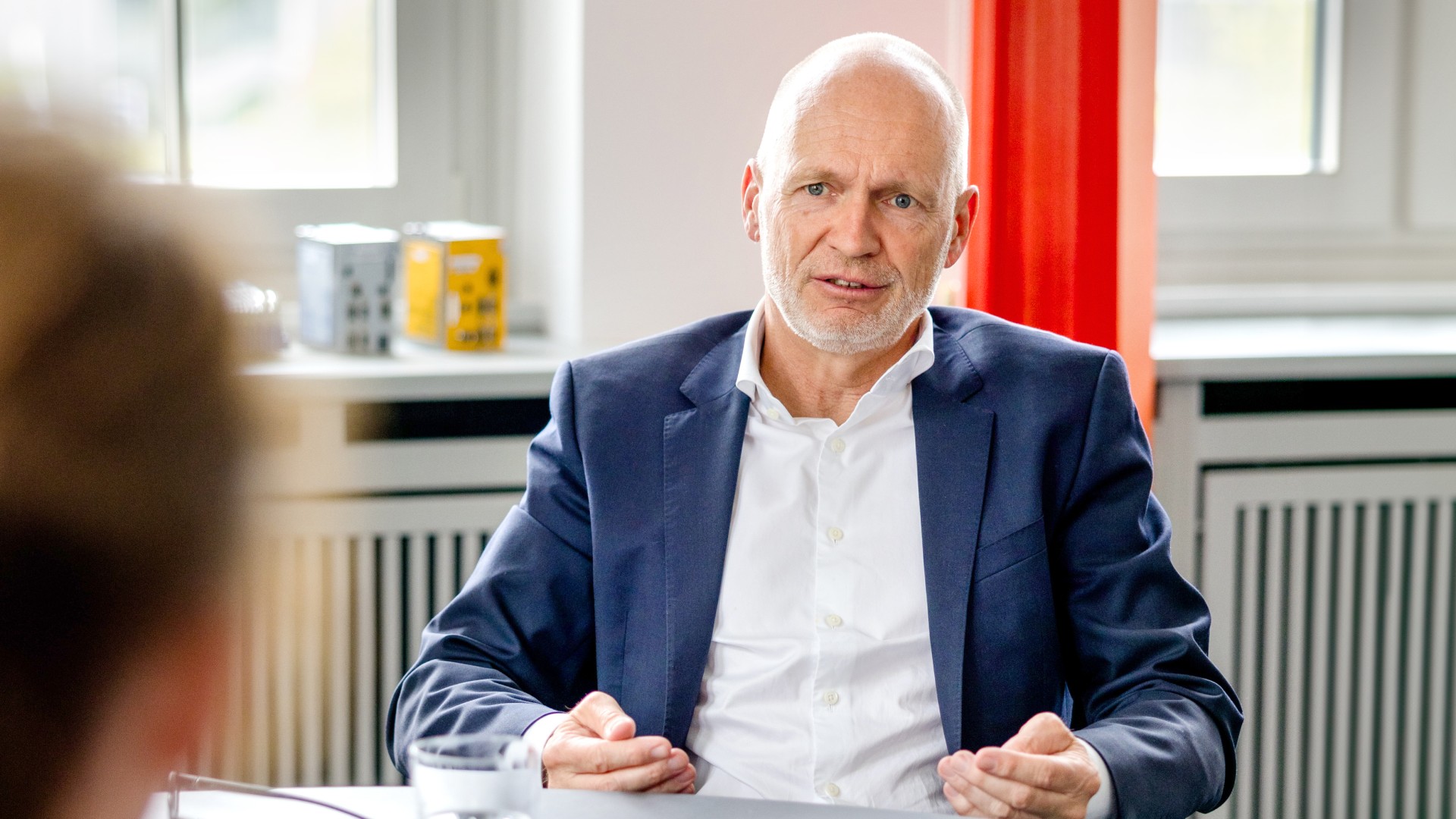
What are Knorr-Bremse’s priorities for this year?
The burning issues that currently concern rail vehicle manufacturers and operators are ecological footprint, traffic flow, lifecycle management and passenger comfort. We systematically develop all our technologies in response to these challenges and needs; we aim to develop technologies that will take the market up to the next level.
How does this benefit customers?
With our solutions, we’re aiming to be a major mover in transforming the entire rail system. Our premise is simple: We offer every customer the optimum, perfectly customized solution for their needs – which may include, for example, regional features, climate impacts or regulatory requirements. We’re like a modular toolbox that enables manufacturers and operators to assemble their own, optimized solutions from our ecosystem of systems, functions, products and services. Wherever we can, so wherever it makes sense, we focus on modularity. Anyone who’s building or operating a train needs solutions on board that are highly reliable and absolutely safe.
Major digitalization initiatives were already under way at InnoTrans two years ago. How is Knorr-Bremse positioned with respect to digitalization today?
It’s no secret that as far as digital transformation is concerned, the entire rail industry could – perhaps should – have made better progress. But the important thing is that the industry is now aware of the benefits of digitalization. As far as Knorr-Bremse is concerned, we’ve achieved key milestones in developing our technologies over the last couple of years – most of our systems can be upgraded to smart systems. So now we’re focusing on generating added value for our customers from the resulting data by translating it into real-world improvements in reliability, punctuality and efficiency. The potential of digitalization is enormous, especially in the rail business.
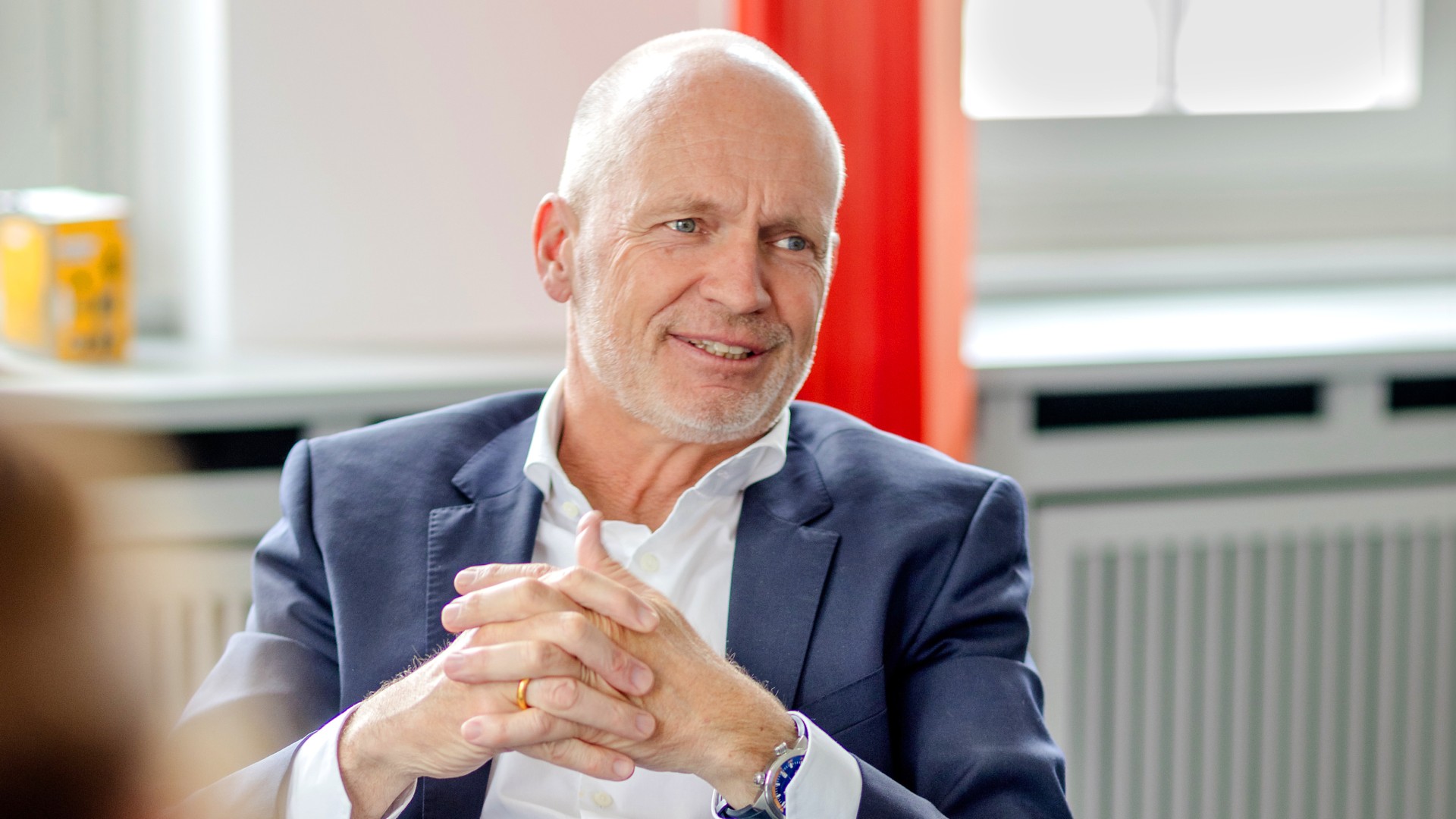
Awareness of the benefits of digitalization has arrived in the rail industry.
Dr. Nicolas Lange – Member of the Executive Board of Knorr-Bremse AG with global responsibility for the Rail Vehicle Systems division
Are any real-world applications already up and running?
We’re involved in numerous customer projects that are already taking full advantage of the value added by data. For the partners involved, things like data insights, smart recommendations for action and remote diagnostics are raising their operational and maintenance activities to new heights of efficiency. And over the next few years, our innovations relating to the digital freight train, digital automatic coupler and other automation technologies will help to ensure that rail freight finally, once and for all, moves out of the analog and into the digital age. In terms of technology, we’re one of the pacesetters driving this paradigm shift.
What’s it like working with customers on digital products?
The modular principle we apply to our physical products is something we also apply to our digital offerings, from individual solutions right through to the full software platform. Once again, it’s our customers who decide what they want, based on their needs. For example, do they want to process the data from their Knorr-Bremse subsystems themselves? In which case we’ll make it available to them. Would a software-as-a-service (SaaS) solution or a cloud application be a better fit for their ideas? Whichever it is, we’ll provide it. Would they prefer a platform with a graphical user interface tailored to their specific needs? Yes, Knorr-Bremse can do that too.
But as data flows from – for example – trains into the cloud, the risk of cyberthreats intensifies.
Our commitment to safety doesn’t end with braking distance. Security is an integral part of safety, and all our developments are based on a systematic “secure-by-design” approach. In operation, we use layers of security to protect our systems against unauthorized external access, following the “defense-in-depth” principle. We built up the necessary expertise years ago – long before new legal requirements and changing customer expectations made cybersecurity indispensable.
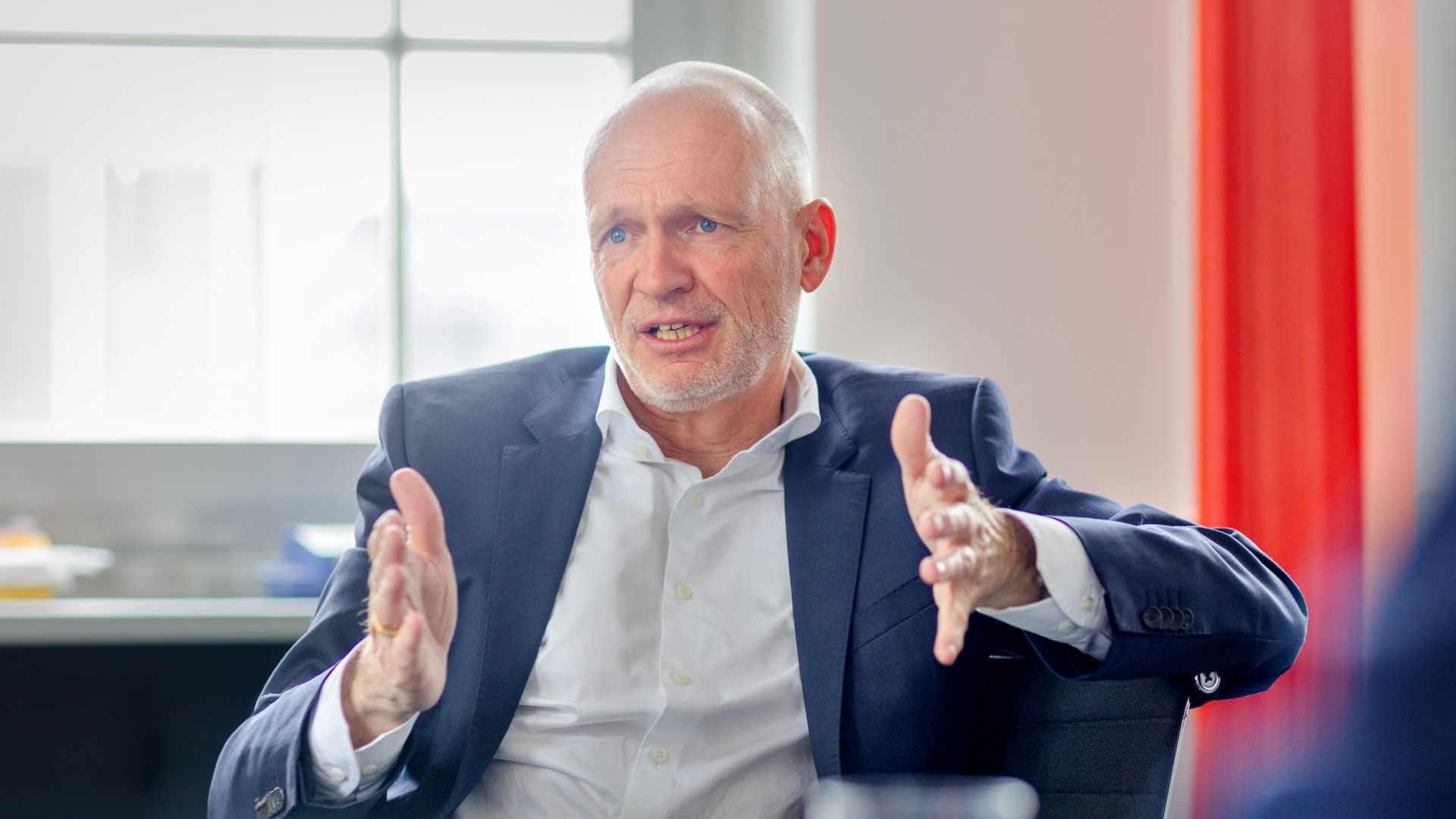
A few weeks ago, Knorr-Bremse further expanded the Group by acquiring Alstom Signaling’s conventional trackside signaling business in North America. What was the reasoning?
We’ve never viewed acquisitions as an end in themselves. Among our customers, the shift to digitalization and networking has focused a lot of interest on the signaling technology sector – so of course we’re interested too. In addition to infrastructure, brakes and signaling technology exert a major influence on the safety and capacity of rail networks, so considering all these elements together is an attractive approach. To put this in context: We have no interest in competing with our customers. But we do aim to become a Tier 1 platform partner in signaling technology, so we can offer products, systems and services that will benefit the established manufacturers.
And what are you personally most looking forward to at InnoTrans?
I’m someone who thrives on personal contact. That’s why I’m looking forward to the in-depth discussions with our customers and partners. I want to know what’s driving them; I want to share thoughts on what tomorrow’s rail mobility will look like. This year’s trade fair also has a very special, personal resonance for me: I first attended InnoTrans more than 20 years ago, as the technical manager of a brake-related product. For me and my team, this solution was “our” very own contribution. This September, for the first time I’ll be attending the event in my capacity as the Executive Board member representing Rail, and I’ll probably be feeling just as proud as I did back then as I say to myself: All the exhibits on display at our impressive 1,000-square-meter booth were created by this organization – by “our” own global team. What an amazing change of perspective!